- Tags:
- Castle / Hiroshima / Hiroshima Castle / Japanese castle
Related Article
-
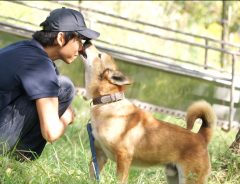
Peace Wanko Japan, the NGO that brought Hiroshima’s dog culling rate down to zero
-
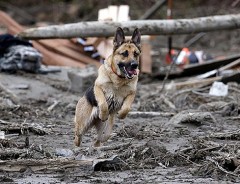
“Disaster Rescue Dogs” — Covered In Mud And Continuing Rescue Activities In Hiroshima Despite Injuries (14 Photos)
-
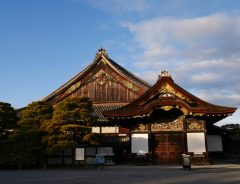
Feel the Power of the Shōgunate at Kyoto’s Nijo Castle
-

Japanese Security Guard Develops Special Bond With Cats Desperate To Enter Art Museum
-
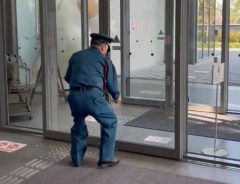
Security guard in years-long standoff with cat trying to enter museum have touching morning routine
-
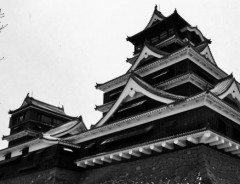
When A Snow Falls On A Black Japanese Castle…
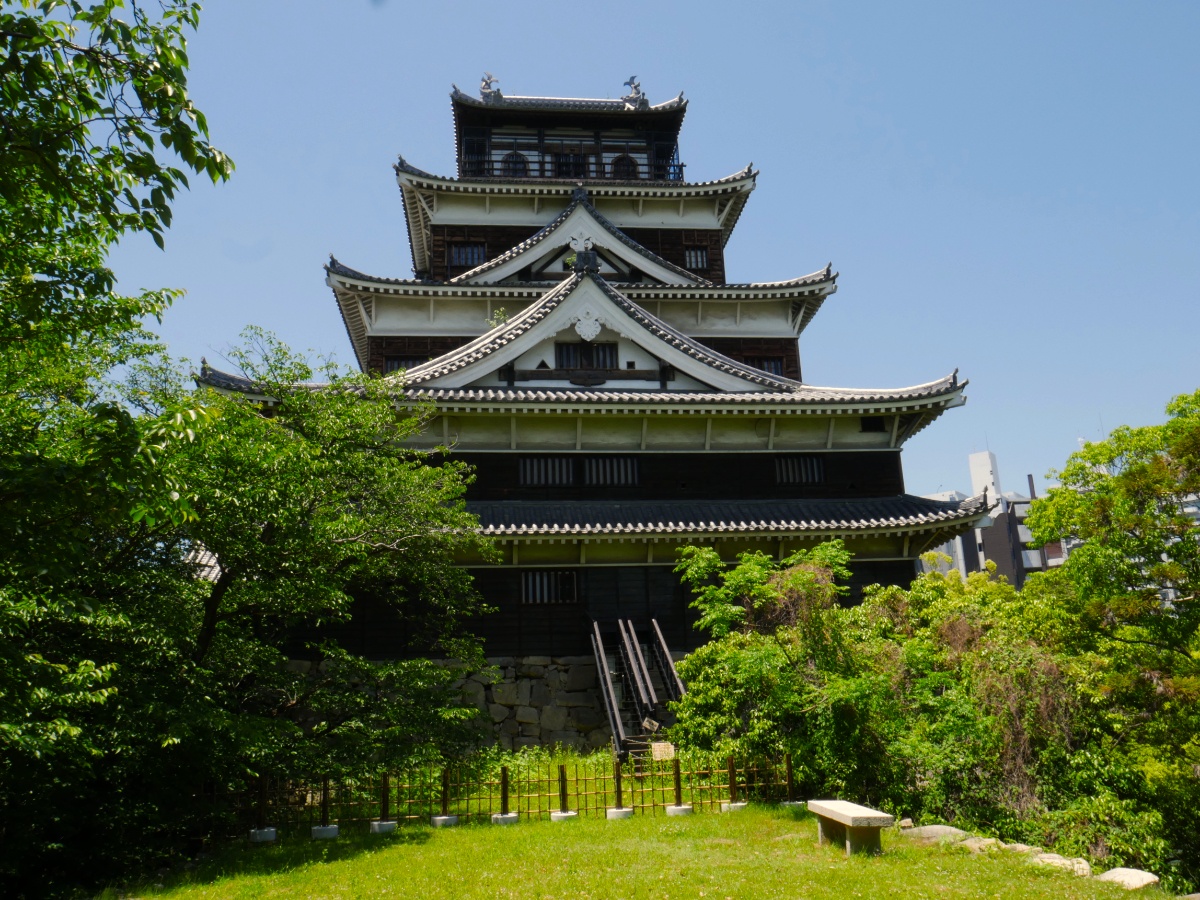


Standing proudly in the centre of perhaps one of the most internationally famed cities of Japan is Hiroshima Castle. Destroyed by the atomic bomb of 1945, the castle was reconstructed in 1958 by the work and volunteer efforts of Japanese citizens. The castle which once represented a symbol of rebellion in Japan now pays tribute to its city as a museum of Hiroshima’s history prior to the war and destruction of the atomic bomb.
With a long and interesting history, the castle serves as a reminder of how people have united together and blossomed in times of change and uncertainty.
The castle offers the opportunity to explore the old ruins of the former castle fortress and buildings. | Photo by Connie Sceaphierde
A brief look at the history of Hiroshima Castle
Hiroshima castle was built by the powerful feudal warlord Mori Terumoto sometime between 1589 and 1599. Before the construction of Hiroshima castle, Mori resided in the mountaintop Yoshida-Koriyama Castle, from where he governed nine provinces across the Chugoku region. Seeking to increase the power of his seat, Mori decided to build a new castle in the centre of the busy river delta known as Gokamura (five villages). Following the construction of the new castle, Mori had the area renamed Hiroshima, meaning “wide island”.
Hiroshima Castle is an example of a flatlands castle known as hirajiro 平城 in Japanese. Before the start of the Sengoku Period in the 16th century the majority of castles in Japan were yamajiro 山城, built strategically into the mountainsides or atop hills for military defense. Hiroshima castle was one of the first of its kind in Japan and started the rise of new types of battle defense and strategy in Japan.
The original castle built in the 1500’s was primarily made of pinewood. However, since the reconstruction following the bombing of Hiroshima city, the main keep of the castle has now been reinforced with concrete. In addition to the natural barrier of the Otagawa river to the west, the castle once had 3 moats encircling the walls to protect it from attack. If the castle was to come under fire, the enemy would have to make their way through three tiresome moats, along with their cavalry and weapons.
Having lost the battle of Sekigahara in 1600, Mori lost almost all of his lands and was forced to retreat to Hagi in Yamaguchi prefecture. Hiroshima castle and the surrounding areas fell next into the hands of Fukushima Masanori, who was also removed from the province after he went behind the Tokugawa Government’s back by reconstructing the castle following flood damage. The new Tokugawa government prohibited any construction or reconstruction of castles at the time so as to keep the country’s Daimyo’s from gaining too much power. After the removal of Fukushima, Hiroshima came under the control of Asano Nagaakira in 1619. The castle remained in the grasp of the Asano clan until the Meiji restoration and the abolition of the Feudal system in 1869.
Soon after Hiroshima Castle came to be used as a military facility, with the Imperial General Headquarters being based there during the first Sino-Japanese war at the end of the 19th century. When world war one and two came about in the 1900’s, Hiroshima remained a military city base of Japan, with many outposts dotted around the city. On the 6th of August, 1945, Hiroshima city came under attack from the nuclear bomb nicknamed “Little Boy”. The atomic bomb blast brought Hiroshima Castle to the ground, destroyed 13 square meters of the city and killed 180,000 people.
Following the death and devastation of World War two and the atomic bombings, Hiroshima city began to rise from the ashes. Train lines opened the day after Little Boy hit, Banks opened the day after that. By the end of the year, power had been restored to all surviving households. Hiroshima began to grow and blossom into the city of peace that stands today.
There are 3 trees standing inside the castle grounds that survived the bombing of Hiroshima in 1945. | Photo by Connie Sceaphierde
Inside the castle grounds
Today, Hiroshima castle offers visitors the chance to take a step back in time and to explore the history of the surrounding area.
Entering the castle grounds from the southern side, visitors to the castle will cross over a wooden bridge which passes underneath one of the castles surviving turrets. Once inside, on the right, there is the opportunity to head inside the outer castle war and to experience the history of Japanese foot soldiers at the castle. In one of the back rooms, a Taiko drum which was once used to signify the hour can be enjoyed freely.
Heading back outside and following the pathway leading up to the main keep, visitors will pass by a moat filled with koi carp, the Hiroshima Gokoku Jinja Shrine and the ruins of the Hiroshima Imperial army headquarters. Spaced out around the castle grounds are three famous trees, a holly tree, eucalyptus, and a willow tree. Each of these trees survived the blast of the Hiroshima Atomic Bomb, of which the epicenter was only 800 meters away and even bare the scars to mark it.
Finally, passing by the remains of the old foundations, visitors can climb up the stone steps which lead to the reconstructed main keep. Inside, enjoy looking back through the history of Hiroshima castle and take in the panoramic view of the city offered at the top of the castle.
Visitors are free to drum the Taiko drum that is housed in the outer wall building of the castle. Model: Tasbiha Mukhtar | Photo by Connie Sceaphierde
How to get to Hiroshima Castle
Visitors can take the tram directly from Hiroshima station to Kamiyacho-Nishi or Kamiyacho-Higashi stations and reach the castle in a 10-minute walk from either stop. Alternatively, the castle can be reached by taking the Hiroshima Sightseeing Loop bus on the Orange or Lemon Lines. The Castle is also reachable from the Peace Memorial Park by foot in 15 minutes.
Although entrance to the castle grounds is free, the city charges a small fee of 370 yen to enter the main keep. The castle is open daily from 9am to 6pm between March and November and 9am to 5pm from December to February. The castle is closed on the 29th, 30th and 31st of December.